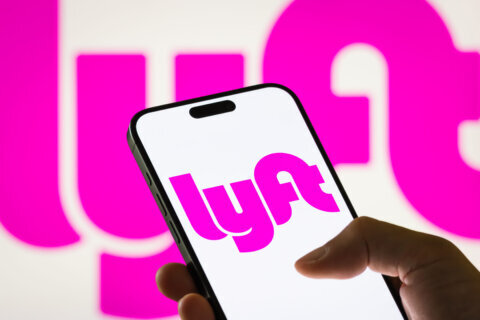Sick kids are more receptive to smiling faces than to doctors trying to communicate through multiple layers of protective equipment — and not having to suit up with a mask and other gear is one benefit of an expanding telehealth program, according to a doctor at Children’s National Hospital.
Funding from the Federal Communications Commission COVID-19 Telehealth Program has allowed the hospital to create a regional telemedicine consortium of 15 connected centers.
“That allows us to connect all pediatric patients in the DMV to specialty care at the right time, in the right place,” said Dr. Shireen Atabaki, associate medical director of Telemedicine and program director for the COVID-19 Telehealth Program at Children’s National.
The group includes seven regional neonatal intensive care units in places, such as The George Washington University Hospital and St. Mary’s Hospital, along with hospitals including United Medical Center Hospital and Peninsula Regional Medical Center.
Children’s National was ranked No. 7 in the U.S. News & World Report 2020-21 Best Children’s Hospitals annual rankings, which declared its neonatal intensive care unit No. 1.
“Now with this program and these resources, including our robots, we can fairly quickly bring a sub-specialist, an international expert in pediatric emergency medicine, or other sub specialties from Children’s National Hospital to a patient’s bedside in a community hospital or regional neonatal intensive care unit or other emergency department,” Atabaki said.
According to Atabaki, children and young adults are very open to telemedicine technology.
So how does it work? Doctors use an app linked to a robot that drives into patient rooms. The doctors appear on a computer monitor.
“Sometimes when you go into a toddler’s room as an emergency physician in a white coat — they’re frightened at first and it’s hard to connect to them,” Atabaki said. “When I take the robot in, they’re so open and excited. It’s a whole new world.”
“They almost always break out into a smile, and it gives me an opportunity to see how sick they actually are versus having them crying or clinging to a parent. It allows me to see them in a more comfortable environment,” she said.
The robot is equipped with a camera that doctors can use to read a patient’s chart, focus on a body part being examined or take a picture if, for example, an image needs to be forwarded to another specialist, such as a dermatologist for evaluation. A nurse in the room helps facilitate examinations.
Transport vehicles also are equipped with mini telehealth robots to connect doctors with patients being moved to or from various locations.
In addition to increasing protection for doctors, patients and families, telehealth is helping ease challenges presented by social distancing requirements. Children’s National has used COVID-19 telehealth program funding for telemedicine platforms that allow additional family members to be in patient rooms virtually.
“We have unfortunately restricted family member presence with the child to only one family member for most of our clinical sites. And this allows other family members to come in, see the child, be with the child and then communicate with the care team via telemedicine. So that part also is very exciting,” Atabaki said.
Children’s National first launched telemedicine in 2015. The pandemic has led to exponential growth. The number of pediatric specialist tele-visits to consumer and patients’ homes has grown from about 70 a month pre-pandemic to averaging about 8,000 a month now.








